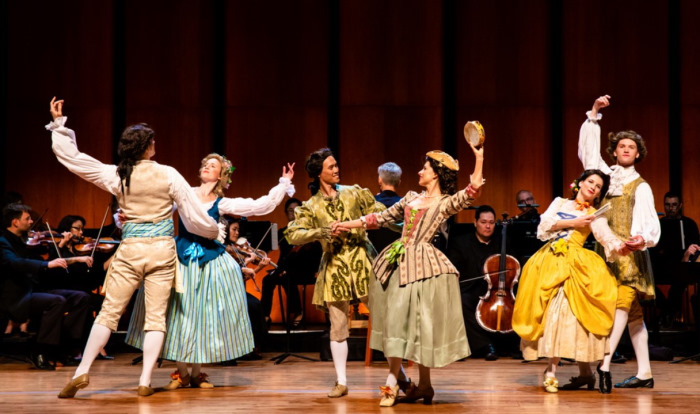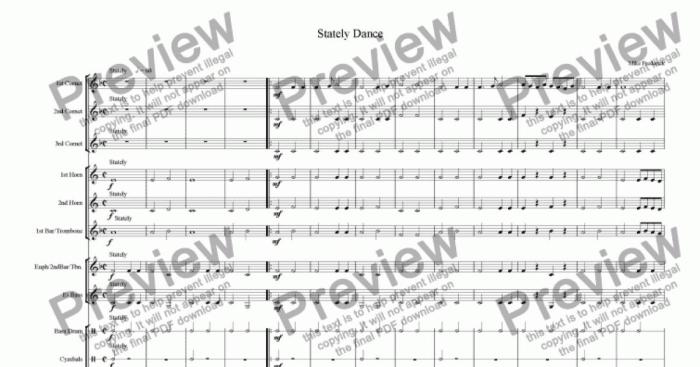Select all the statements that describe the minuet and trio. is a multifaceted topic that encompasses the intricacies of musical form and composition. From its origins in the Baroque era to its enduring influence on contemporary music, this guide delves into the captivating world of the minuet and trio, offering a comprehensive exploration of its characteristics, structure, and impact.
The minuet, a graceful and elegant dance, emerged in the 17th century and quickly became a staple of courtly entertainment. Its distinctive tempo, rhythm, and form have captivated audiences for centuries, while the trio, a contrasting section that provides a refreshing interlude, adds depth and complexity to the overall composition.
Together, the minuet and trio form a captivating musical experience that showcases the ingenuity and artistry of composers.
Minuet

The minuet is a graceful and elegant dance that originated in France in the 17th century. It is characterized by its moderate tempo, triple meter, and a simple, binary form.
The minuet is typically performed in a stately and refined manner, with dancers moving in a series of small, elegant steps. The dance is often accompanied by music that is light and airy, with a strong emphasis on melody and rhythm.
Famous Minuets
- Minuet in G Major by Johann Sebastian Bach
- Minuet in D Major by Wolfgang Amadeus Mozart
- Minuet in F Major by Ludwig van Beethoven
Trio: Select All The Statements That Describe The Minuet And Trio.
In the context of music, a trio is a group of three musicians who perform together. In the minuet and trio form, the trio section is a contrasting section that is typically played by a smaller group of instruments, such as a flute, violin, and cello.
The trio section is often more lively and energetic than the minuet section, and it provides a contrast to the more stately and elegant minuet.
Contrasting Characteristics, Select all the statements that describe the minuet and trio.
- Tempo: The trio section is typically played at a faster tempo than the minuet section.
- Meter: The trio section is often in a different meter than the minuet section, such as 2/4 or 6/8.
- Instrumentation: The trio section is typically played by a smaller group of instruments than the minuet section.
Minuet and Trio Form

The minuet and trio form is a musical form that consists of a minuet section followed by a trio section. The minuet section is typically in a moderate tempo and triple meter, while the trio section is typically in a faster tempo and a different meter.
The minuet and trio form is often used in classical music, and it is a common form for dances such as the waltz and the mazurka.
Structure
- Minuet section
- Trio section
- Minuet section (da capo)
Examples of Minuets and Trios

There are many famous minuets and trios that have been written by composers throughout history. Some of the most famous examples include:
- Minuet in G Major by Johann Sebastian Bach
- Minuet in D Major by Wolfgang Amadeus Mozart
- Minuet in F Major by Ludwig van Beethoven
These minuets and trios are all excellent examples of the minuet and trio form, and they have been performed by musicians all over the world for centuries.
Influence of the Minuet and Trio

The minuet and trio form has had a significant influence on other musical genres, including the symphony, the sonata, and the concerto. The minuet and trio form is often used in the third movement of a symphony or sonata, and it provides a contrast to the more serious and dramatic movements.
The minuet and trio form has also been used in popular music, and it can be heard in songs by artists such as The Beatles, The Rolling Stones, and Elton John.
FAQ Compilation
What is the origin of the minuet?
The minuet originated in France in the 17th century as a courtly dance.
What is the typical structure of a minuet and trio?
A minuet and trio typically consists of a minuet section, a contrasting trio section, and a return to the minuet section.
How does the trio differ from the minuet section?
The trio section typically has a different melody, harmony, and texture from the minuet section, providing a contrasting interlude.